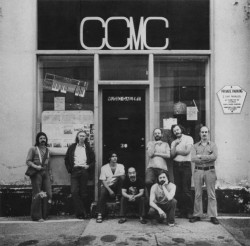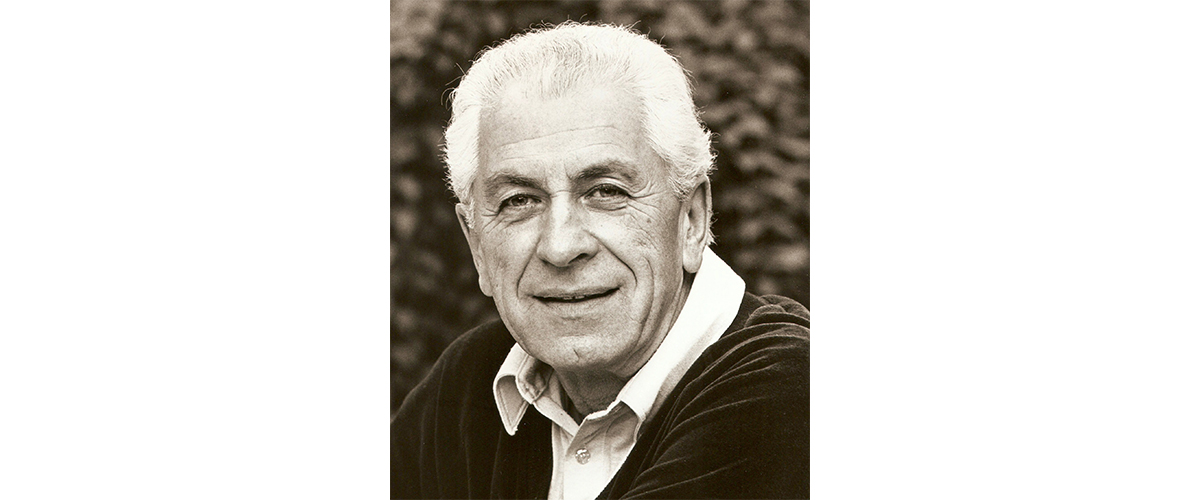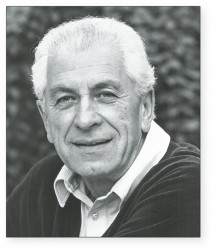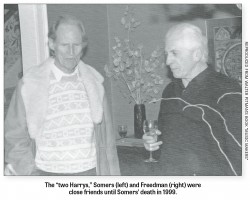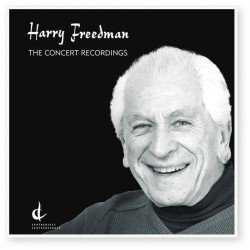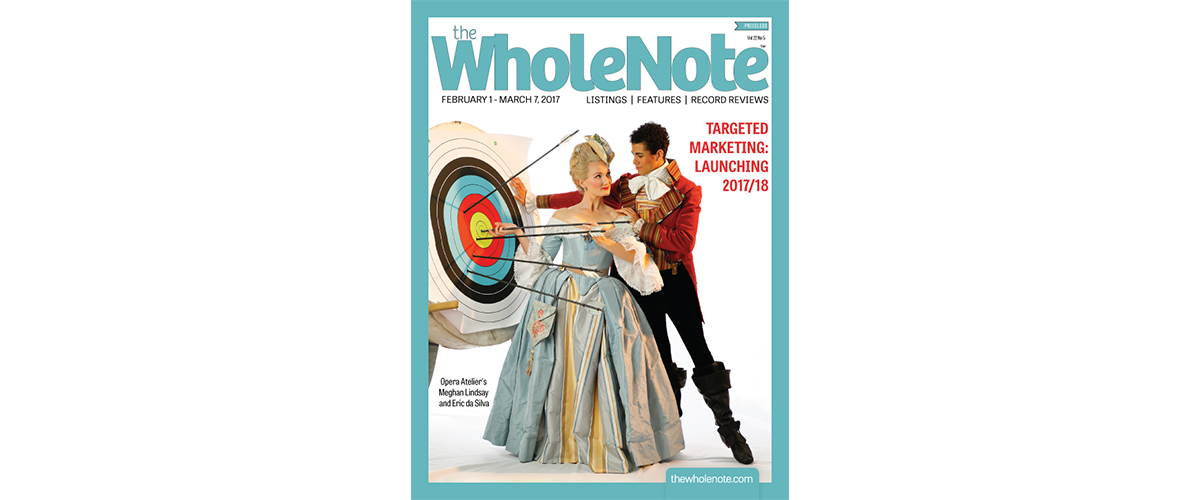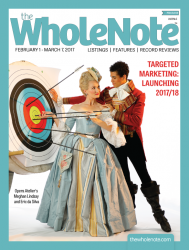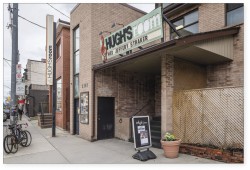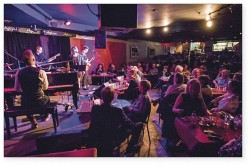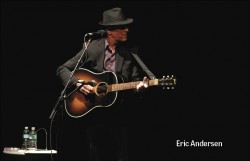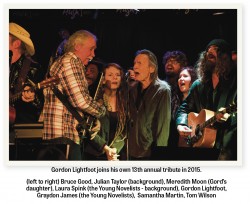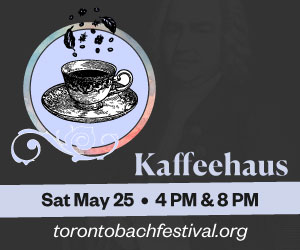Canada to Carnegie: Hart House Orchestra’s anniversary tour
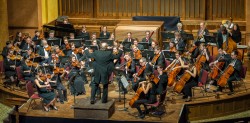 The Hart House Orchestra is used to doing tours in February—but not one like this.
The Hart House Orchestra is used to doing tours in February—but not one like this.
A community orchestra of about 90 alumni, students, staff and faculty of U of T, Hart House typically plays a few concerts per season in Toronto, and one winter concert in another city in southern Ontario. This year, however, a significant donation, coinciding with the 40th anniversary of the orchestra, gave them the impetus they needed to take their winter concert program to New York—performing at the one and only Carnegie Hall.
It will be a whirlwind trip. The orchestra will play their concert program—Gershwin’s Rhapsody in Blue, Brahms’ Symphony No.1, Barber’s Adagio for Strings, and works by Glick and Elizabeth Raum—first in Toronto, at Hart House on Thursday, February 16. They'll then leave for the States first thing the following morning, where they will reprise their program at Carnegie on Sunday, February 19. They’ll be back by Monday.
For many, it’s a confusing and difficult time to travel to the States. And while at the Hart House Orchestra, none of their musicians expect to encounter difficulties entering the US, for some members it feels as though history is repeating itself. “The orchestra used to do trips to the States all the time,” said violinist Eric Ordonez, when I spoke with him and cellist Blanche Israel after their 3-hour Sunday rehearsal at the beginning of February. According to Eric, the orchestra was forced to make the decision to stop touring in the States in 2001, because of the difficulty of traveling across the border after 9/11. But now, 15 years since their last visit, the orchestra is determined to make international trips a regular occurrence again.
The orchestra typically rehearses weekly, on Tuesday nights, but they've been putting in extra hours this year in preparation for the trip—and it’s paying off. “This week, it’s all really starting to come together,” agreed Blanche and Eric two Sundays ago.
The orchestra had just finished playing some details in the Brahms, Glick and Barber pieces. Under the direction of conductor Henry Janzen, they sounded focused and engaged—and for a group of people who had had to come to school on a Sunday afternoon, they sounded like they were having fun. “Sometimes conductors in community settings don’t come in with the right mindset, and don’t understand the diversity of a community orchestra,” said Blanche. “But Henry gets that. He really understands that everyone is coming from a totally different place, when they show up at rehearsal on a Tuesday night.”
The range of age and experience in the orchestra is astounding. Blanche is a U of T alumna who currently teaches arts management at UTSC; Eric is a student at the downtown campus, specializing in nuclear medicine. They point out another member of the orchestra, a faculty member who is involved with the tour preparations, and note that he recently received the Order of Canada for his contributions to the field of astrophysics. Interestingly enough, all of this means that on the concert stage, the orchestra’s strengths as an ensemble are many, and wide-ranging. It’s this breadth of experience, according to Blanche and Eric, that makes community ensembles like this one so special.
“A lot of people make great connections here,” said Eric. “We have students, alumni, faculty...it’s a great place to meet people.” He and Blanche give off the impression that this ensemble is just what it claims to be: a community. One that, on top of everything else, is playing some pretty incredible music.
The Hart House Orchestra performs its winter concert, led by Henry Janzen and featuring Benjamin Smith on piano for Rhapsody in Blue, on Thursday, February 16 at 8pm, in the Great Hall at Hart House, U of T (suggested donation: $10). They will reprise the same program at the Judy and Arthur Zankel Hall at Carnegie Hall on Sunday, February 19 at 3pm. For details on both concerts, visit http://www.harthouseorchestra.ca/.
Sara Constant is a Toronto-based flutist and musicologist, and is digital media editor at The WholeNote. She can be contacted at editorial@thewholenote.com.


